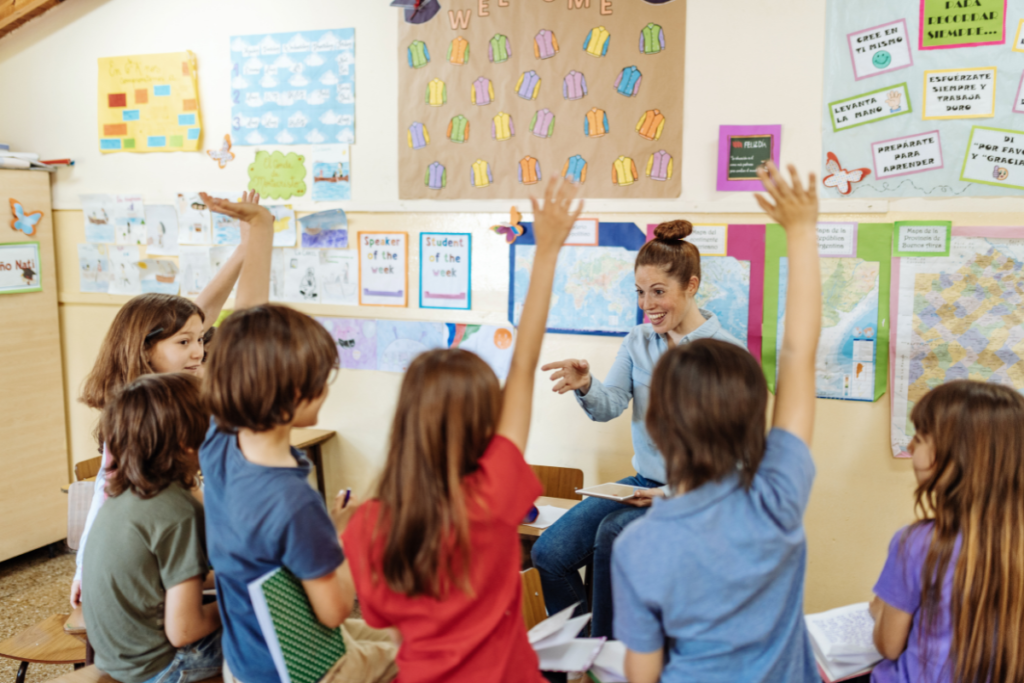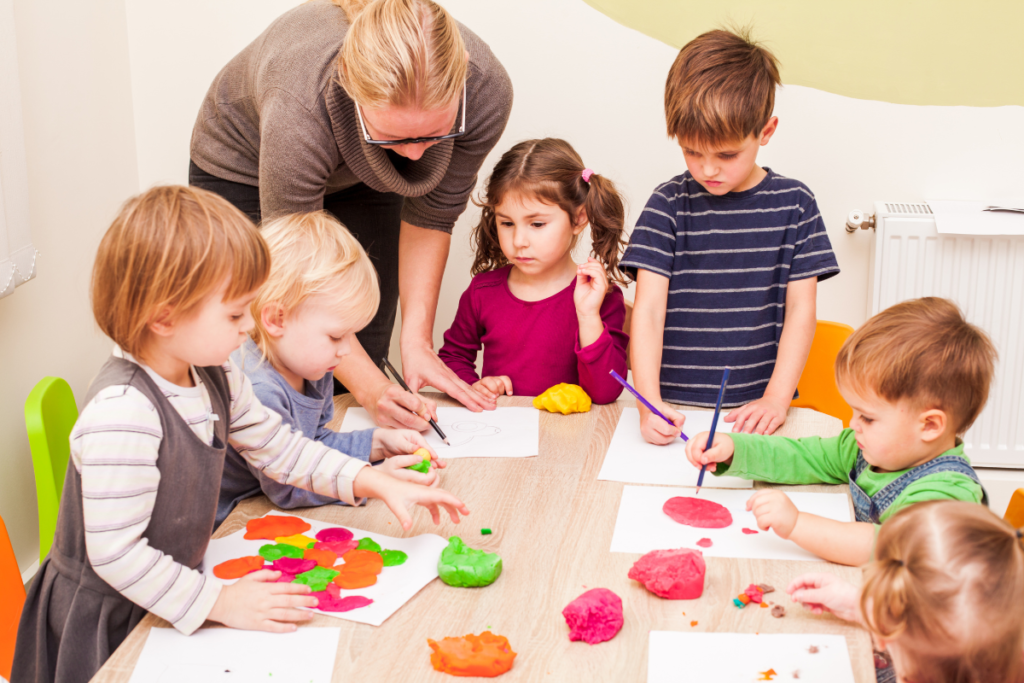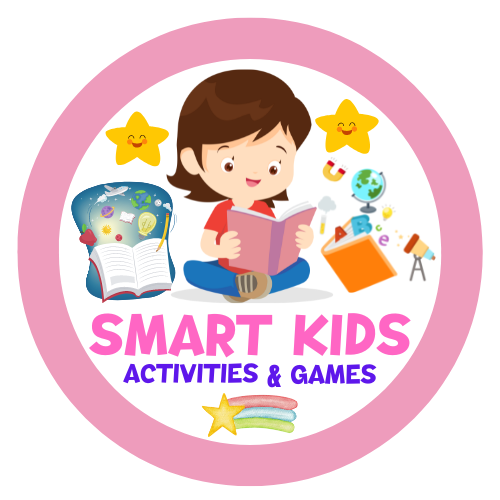Introduction:
Welcome to our comprehensive guide on mastering effective teaching strategies! In the ever-evolving world of education, the right techniques can make all the difference in engaging students and fostering a love for learning. In this blog post, we’ll delve into ten proven teaching strategies that educators can implement to create dynamic and engaging classrooms. Whether you’re a seasoned teacher or just starting your journey in education, these techniques will empower you to make a positive impact on your students’ lives.

Unveiling the Power of 10 Essential Teaching Strategies
In the vibrant realm of education, embracing effective teaching strategies is akin to opening the door to a world of infinite possibilities. These strategies, carefully crafted to engage, inspire, and nurture young minds, hold the key to transforming ordinary classrooms into dynamic hubs of learning. By harnessing the power of these proven techniques, educators embark on a journey to create impactful connections with their students, igniting the flames of curiosity and fostering a lifelong love for learning. From catering to diverse learning styles to infusing technology seamlessly into lessons, these strategies pave the way for students to grasp concepts with clarity and confidence. The result? Empowered learners who not only excel academically but also grow into critical thinkers, collaborators, and problem-solvers. So, let’s embark on this educational adventure together, armed with 10 invaluable teaching strategies that promise to shape a brighter future for generations to come.
10 Teaching Strategies to Transform Your Classroom
1. Understanding Different Learning Styles:
Every student learns differently. Recognizing and accommodating various learning styles can significantly enhance your teaching effectiveness. For instance, visual learners benefit from diagrams and charts, while auditory learners thrive through discussions and lectures. Incorporating hands-on activities caters to kinesthetic learners, and read/write learners prefer written materials.
2. Active Learning and Student Participation:
Move beyond traditional lectures and engage students actively. Consider techniques like group discussions, debates, role-playing, and problem-solving activities. Encourage questions and facilitate class debates to stimulate critical thinking and foster a collaborative learning environment.
3. Incorporating Technology for Engagement:
Today’s students are digital natives. Embrace technology by integrating educational apps, interactive simulations, and multimedia presentations. For instance, using virtual reality to explore historical events or conducting virtual science experiments can captivate students’ attention and enrich their learning experiences.
4. The Power of Visual Aids:
Visual aids simplify complex concepts. Infographics, diagrams, videos, and mind maps visually represent information, making it easier for students to grasp and remember. For instance, in a biology class, an animated video illustrating the process of photosynthesis can make the subject come to life.
Bloom’s Taxonomy Decoded: Harnessing the Power of Layered Learning for Ultimate Mastery
Unleash the Power of Active Learning: 5 Effective Strategies for Transforming Your Classroom

5. Scaffolding and Guided Learning:
Complex concepts can be overwhelming. Scaffolding involves breaking down lessons into manageable steps, gradually increasing complexity. For instance, when teaching essay writing, begin with thesis statements and gradually add body paragraphs, fostering a deeper understanding of the overall process.
6. Encouraging Critical Thinking:
Critical thinking is a vital skill. Pose open-ended questions that prompt analysis, evaluation, and creativity. For instance, when discussing historical events, ask students to examine various perspectives and draw conclusions based on evidence.
7. Cooperative Learning and Group Activities:
Collaboration enhances learning outcomes. Assign group projects that require students to work together, fostering teamwork, communication, and problem-solving skills. For example, students can collaborate on research projects, presentations, or creative assignments.
8. Effective Classroom Management:
A well-managed classroom is essential for learning. Set clear expectations, establish routines, and maintain a positive tone. For instance, implementing a reward system for good behavior or using visual cues to signal transitions can contribute to a focused and respectful classroom environment.
9. Formative Assessment Techniques:
Regular assessment informs instruction. Use techniques like quizzes, polls, and short reflections to gauge student understanding. For example, after a math lesson, provide a quick quiz to identify areas of strength and areas that need further clarification.
10. Providing Constructive Feedback:
Feedback fuels growth. Offer specific, actionable feedback that highlights strengths and suggests areas for improvement. For instance, when reviewing essays, focus on structure, content, and language use, providing guidance for enhancement.
Conclusion:
As educators, we shape the minds of future generations. By mastering these teaching strategies, you’ll enhance learning experiences and create a positive classroom environment. Adapt these techniques to suit your students’ needs, and watch them flourish. Remember, teaching is a journey of continuous learning. Embrace these strategies, nurture the joy of teaching, and inspire a lifelong love for learning in your students.
Download free activities and teaching resources Click Here


